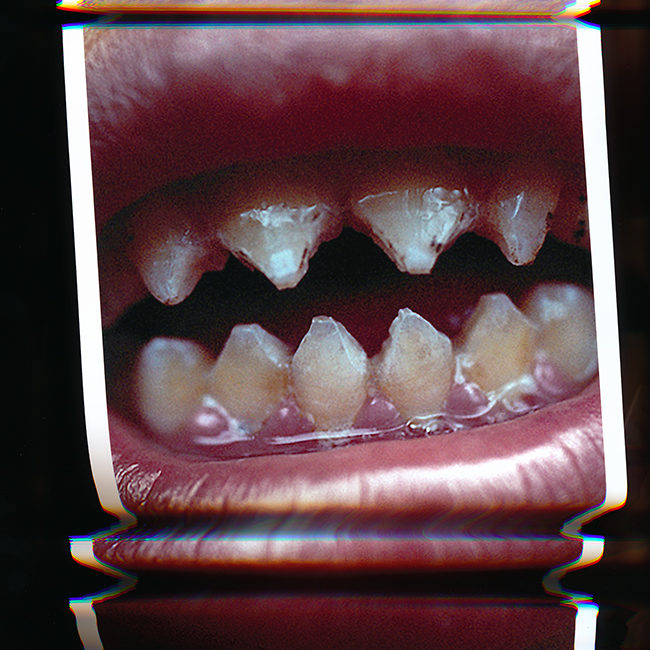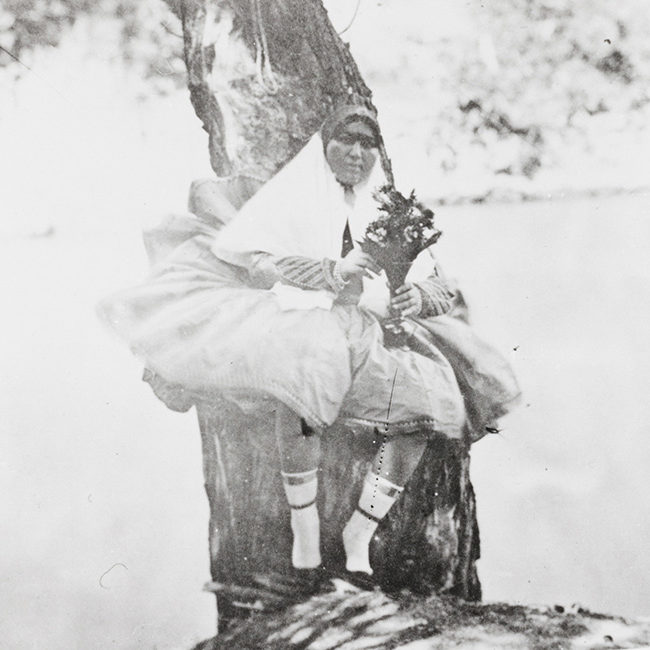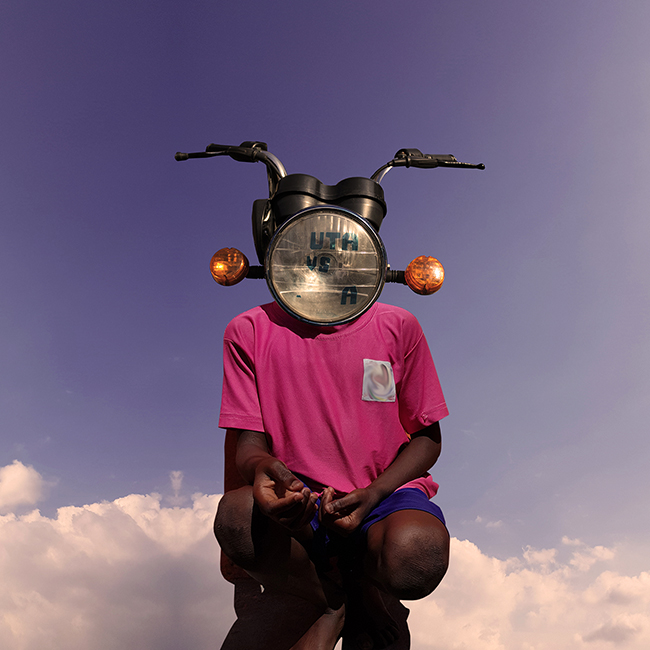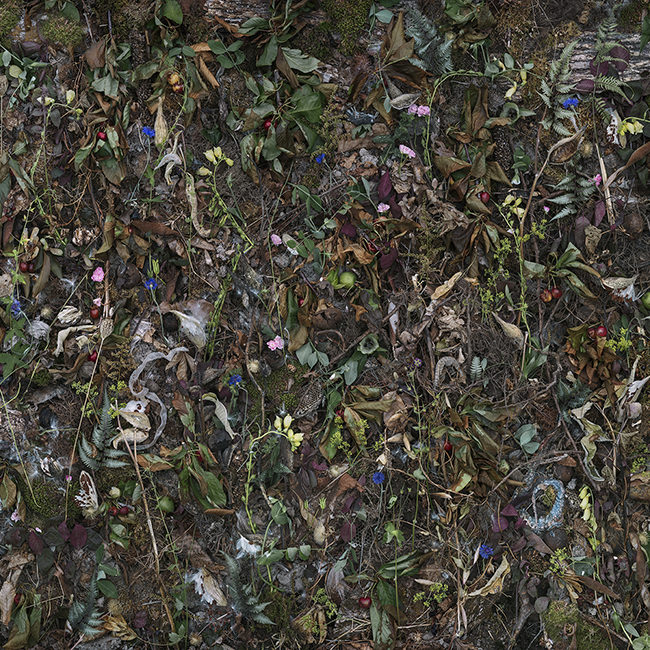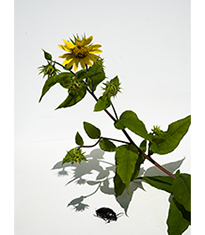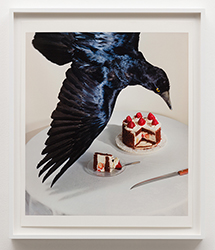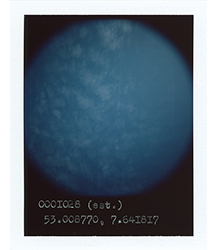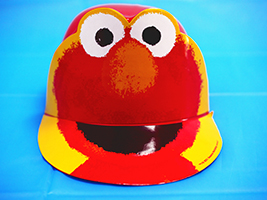South African photographic artist Mary Sibande’s striking commentary on race and gender has earned her a spot among some of Africa’s leading contemporary artists
“I Came Apart at the Seams” is a an exhibit of new and selected works, her first solo one in the UK, opening as part of the 1-54 Contemporary African Art Fair this week. It continues beyond the fair as a standalone show at Somerset House through January 5, 2020.
Mary Sibande’s work explores the construction of identity within post-apartheid South Africa and specifically probes the stereotypical contextualization of the black female body. Her work deals with the intersectionality of identity, history and memory. They’re uniquely intertwined and they’re all visible in Sophie’s DNA.
Who is Sophie, you ask?
She is Sibande’s avatar and if you have ever seen her work, then you’ve invariably met Sophie. She is the South African artist’s muse, her alter-ago, her subject—her past and her present. Sophie is a domestic worker who finds refuge in dreams where she emancipates herself from the ghoulish realism of an ordinary existence, cleaning other people’s homes.
“I Came Apart at the Seams” follows the transformative journey of Sophie featuring life-size sculptural figures and photographs modeled on the artist itself. The exhibition brings together three defining series of works for the first time, “Long Live the Dead Queen” (2009–2013), “The Purple Shall Govern” (2013–2017) and “I Came Apart at the Seams” (2019 – present).
Through each series, Sibande captures stages of Sophie’s transformation, from her beginnings as a domestic housemaid into a myriad of empowered characters, as she transcends histories of oppression to rewrite her position in both historical and contemporary narratives. Through Sophie, Sibande pays homage to the generations of women in her family’s past who worked as domestic laborers.
The exhibition transitions through three color stages; blue, purple and red. With each color, Sibande draws from three defining periods of South African history in which she seeks redress: the rise and rule of Apartheid system: its subsequent fall: and its legacy.
You enter at “Long Live the Dead Queen”. Dressed in a blue maid’s uniform, complete with a crisp white apron and bonnet, Sophie wears the clothing which Sibande’s mother, grandmother and great-grandmother all would have worn, and been defined by, in their role as domestic workers. (Blue is also the color of royalty, for Europeans—and of course, the Dutch, who colonized South Africa.) With her eyes shut, Sophie’s imagination allows her to break free of the constraints of her domestic uniform, taking the lead role in narratives which would have been denied to Sibande’s ancestors, capturing Sophie as a bishop leading a congregation, a warrior and royalty.
The exhibition continues with Sibande’s second series of works – “The Purple Shall Govern” – in which the artist captures the next phase of her muse’s transformation, as she meets and confronts her future self. In this new palette, which she says was inspired by everything from the film The Color Purple to Cape Town’s Purple Rain Protest, a 1989 landmark anti-apartheid march that led to thousands of arrests after police sprayed purple dye into the crowd to “mark” them. “The Purple Shall Govern” became the protest’s slogan—and Sibande borrowed the phrase for Sophie characters clad in purple, their white aprons and bonnets of servitude falling from their waists and heads, and their posture taking on new forms of power and strength.
“I Came Apart At The Seams” will culminate in a new body of work by Sibande, of the same title. The series will debut sculptural and photographic works following Sophie’s third stage of transformation. Through this latest body of work, Sibande explores the collective feeling of anger felt towards the ongoing inequality in South Africa today, featuring her latest recurring motive of the red dog, a reference to a common Zulu expression – ie ukwatile uphenduke inja ebomvu – meaning, “he is angry, he turned into a red dog”.
“I wanted show anger, so I started with the color of passion and fire,” she has said. To that end Sophie is seen as a warrior, donning a fiery red dress—reminiscent of the old Victorian get-up with puffy sleeves, but short and paired with matching knee-high boots—surrounded by fierce red dogs and riding a bucking stallion. Yet she doesn’t look angry; she is commanding. From her early days as a meek and subdued woman in blue—like so many women of color who have been oppressed—she has transitioned into a powerful and respected creature, her stature larger and braver. She is no doubt a symbol for Sibande’s country as it moves forward. She is also an avatar for the artist herself, breaking free from the subjugations of the many generations before her.
Mary Sibande has shown various iterations of Sophie at the Venice Biennale (at South Africa’s national pavilion), the Met Breuer in New York, and the Zeitz MOCAA in Cape Town.
— Samantha Reinders
“I Came Apart At The Seams”
Mary Sibande
Through January 5, 2019
Terrace Rooms, Somerset House, London
Related Articles
A Message from Women Photographers Working in Africa
Zanele Muholi’s Visual Activism
A Period of Transition in South Africa
